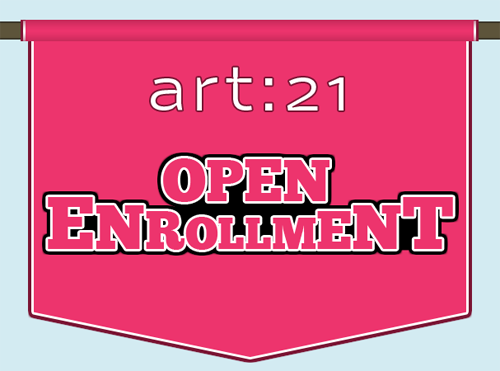Sarah Thornton, the author of Seven Days in the Art World — a book that made me book laugh, giggle, and weep — spoke last night at the Museum of Contemporary Art (MCA) in Chicago. The talk was titled, “Artists at Work,” an intriguing idea to me since I have found that all too often the words “Artists” and “Work” are rarely said in the same sentence with a straight face. This is a sad reality, but one I too often see among my talented art school colleagues and a reality I live myself after seemingly endless years of higher education.
Thornton’s talk discussed the unmentionables of the art world, which she refers to as a “squabbling subculture.” She spoke about the speed of the sale of art in her book chapter “The Auction” and compared it to the next chapter, “The Crit” (taking place at CalArts, where it would take fifteen hours or more to discuss three works of art). The speed of the auction and the slow considerations in a crit speak to these hierarchies. Digested, respected artworks speed by for millions while the work by art students must be dissected and considered for hours.
I am not saying that the length of crits is wrong, since I believe art should be considered for long stretches of time, but the juxtaposition of the auction to the crit is telling of the art world’s various hierarchies. Thornton spoke of these hierarchies, which I have also thought about a lot: the gallery, the collector, the artist. There is also the micro-hierarchy of an artist’s life, measured by what constitutes success: the BFA, the MFA, gallery representation, an acquisition by a museum, and so forth. But what I had not considered was the innate, even subconscious, hierarchy among the art world in regards to the media used by an artist.
Thornton mentioned the 2003 Turner Prize-winning artist and ceramicist, Grayson Perry. Ceramics, it seems, is not a respected medium for one to be a “true artist.” Perry was aware of this prejudice and had the last word by adding to the vase the wry acknowledgment: “This time they’ve given the Turner Prize to someone who is not a real artist.” Thornton said there were practically fist fights at the party after Perry won the Turner Prize in 2003. He was a popular choice among the people, but not in the London art world proper. Thornton said, “Clay, all of a sudden, becomes the wrong thing for real art.”
So as an MFA student right now, hearing what Thornton said last night and agreeing with most of it, I feel some real fear and disappointment. The cocktail of reactions I had in reading her book and in hearing her last night makes her phrase, “squabble of subcultures” ring so true.
Art students not only have to become strong in their craft and medium, but have to also learn how to navigate similar “squabbles” — chaotic twists, turns, and trends one may or may not fit. As an art journalist, I am already experiencing this squabble in Chicago. There are hierarchies here: online publication without pay, with pay, print publication without pay, with pay, what publication one is writing for, the readership, is it local, national, international.
Art schools should be creating curricula to assist graduating students in navigating life after graduation. Of course, there is no map or set course, but some sort of guidance is sorely needed. In my own experiences, I feel sometimes that maybe I need to give my kidney in exchange for post-graduation career assistance. Art is not a place where pure and simple dedication and hard work will lead to reward. It is instead a place one must have a key to know its secret passageways, its hierarchies.
And, of course, be willing to participate in the squabble.





